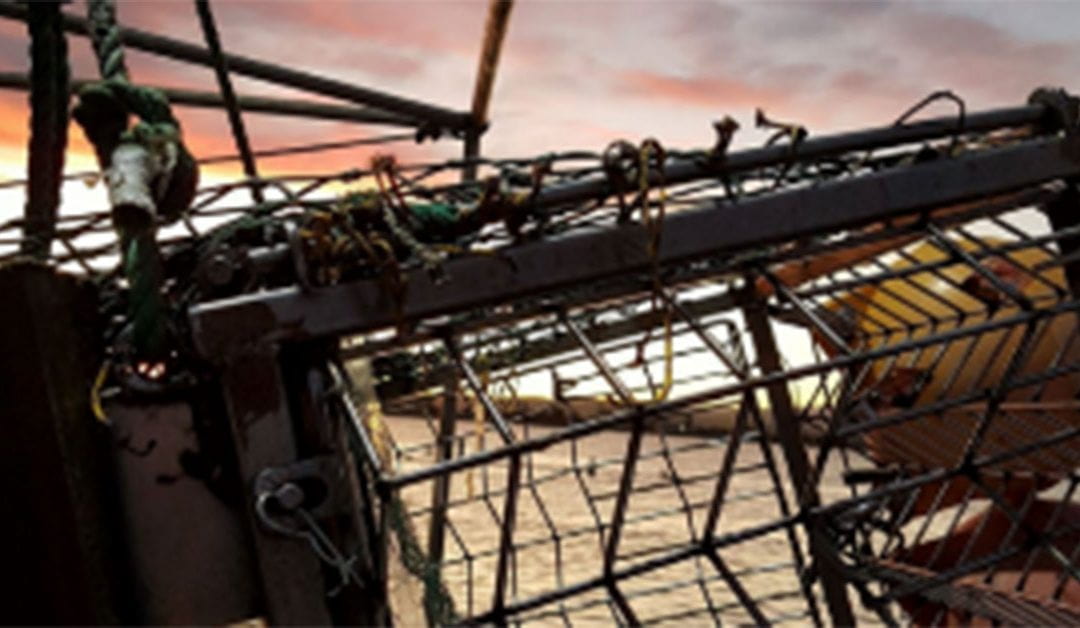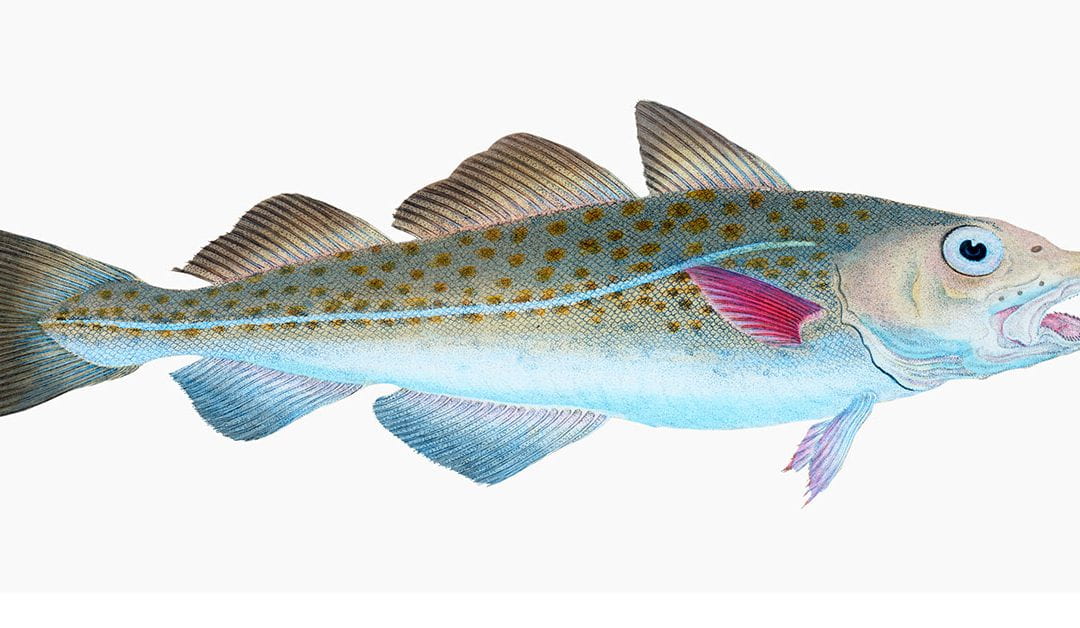
by EllenR | Feb 21, 2021 | Case studies – Fish
The Chatham Rise is a special fishery because its topography and associated currents make it very productive. As such, it has been the subject of detailed study and provides an exemplar of how data can enrich models and enable long-term ecological monitoring – and how...

by EllenR | Feb 21, 2021 | Case studies – Fish
Ōtata is the largest island in the Noises group, a chain of islands, outcrops and rocky reefs in the middle of Tīkapa Moana the Hauraki Gulf. Known as Ngā Poitu o Taramainuku to Māori, the islands and their surrounding waters have provided kaimoana for hundreds of...

by EllenR | Feb 21, 2021 | Case studies – Fish
Selective trawl gear is also of interest to innovative small fishing companies, with a growing interest in gear that can reduce the bycatch of undersize and unwanted fish. In response to this issue, Karl Warr – the owner/operator of Better Fishing Ltd in Te...

by EllenR | Feb 21, 2021 | Case studies – Fish
Potting is a fishing technique that generally uses a baited pot or cage – creatures are attracted to the pot and can easily enter but cannot leave as easily. Potting avoids many of the direct environmental harms of bottom trawling,[1] and has the potential to be more...

by EllenR | Feb 21, 2021 | Case studies – Fish
A meal of fish and chips in the UK or US is likely to include a fillet of Atlantic cod.[1] Fishers use many different methods to catch these fish from the open waters or near the seabed in the Atlantic Ocean. Cod caught off the coastal regions of Norway could be from...

by EllenR | Feb 21, 2021 | Case studies – Fish
The Deep Towed Imaging System (DTIS) has been used in Aotearoa New Zealand since 2006 to take pictures and video of deep-sea biodiversity and seafloor habitats. This is essential to better understand potential ecosystem effects of fishing. It has high-definition still...







